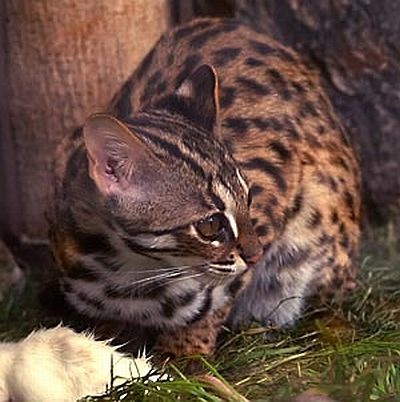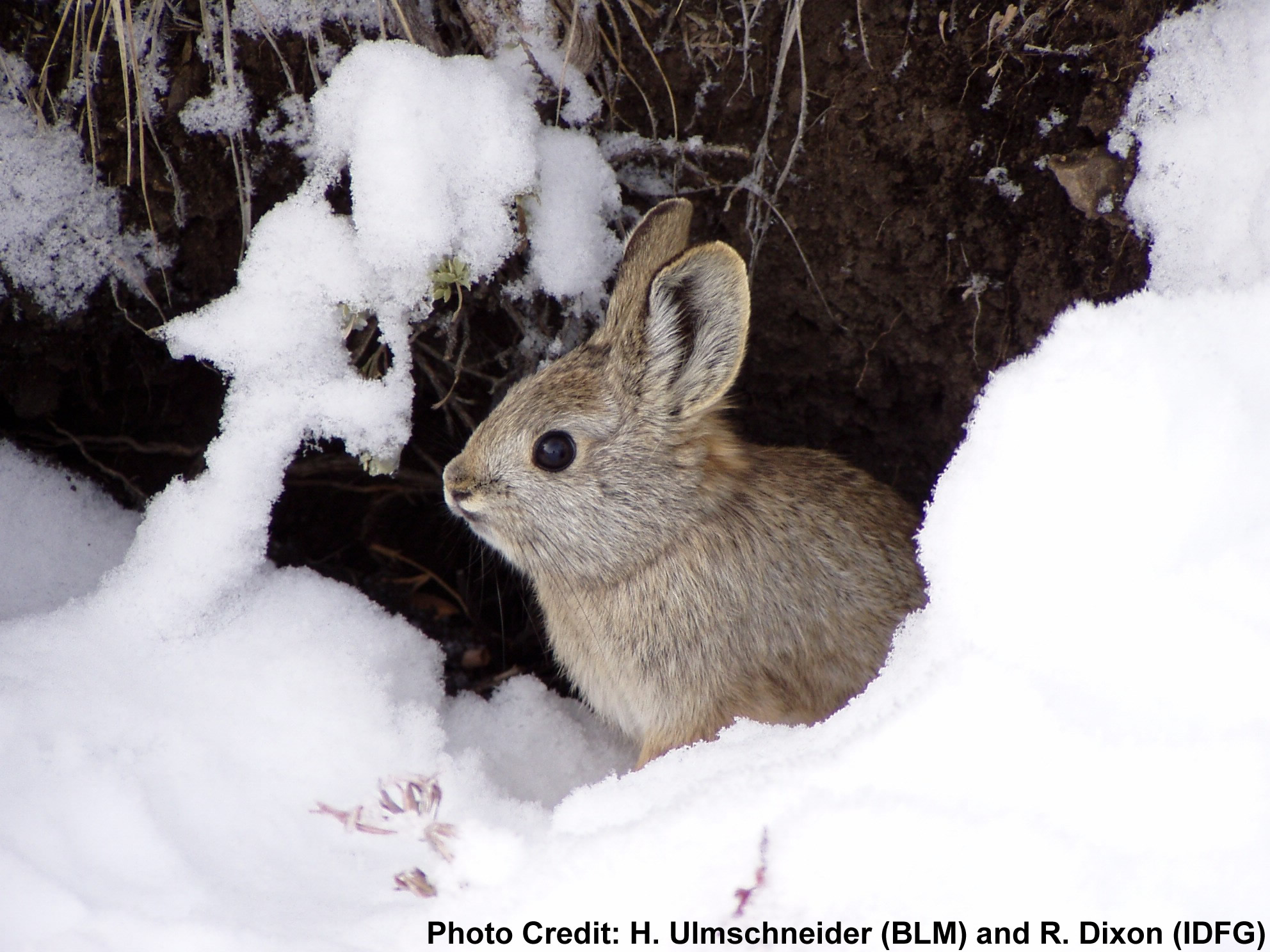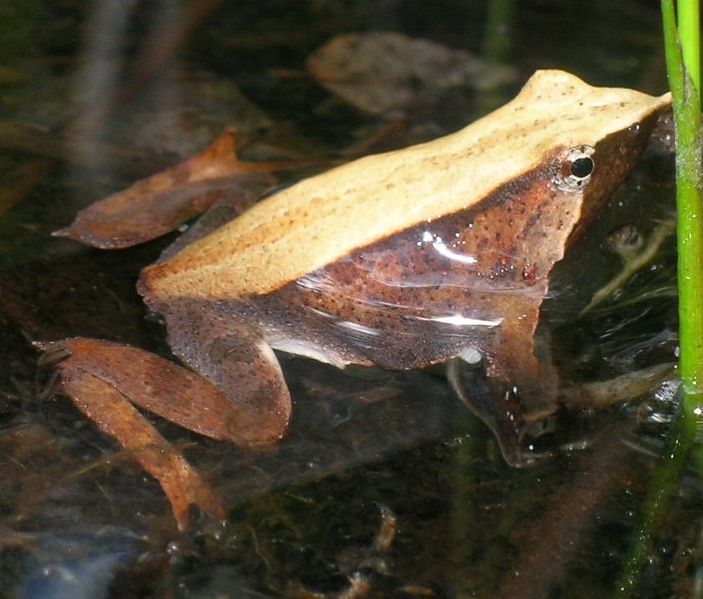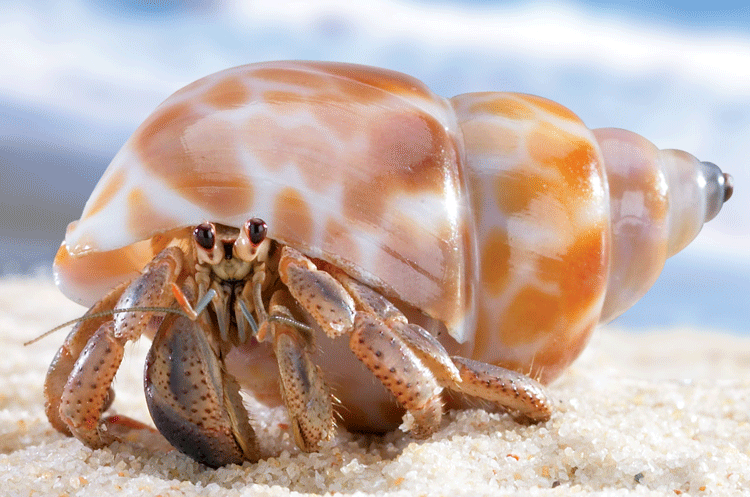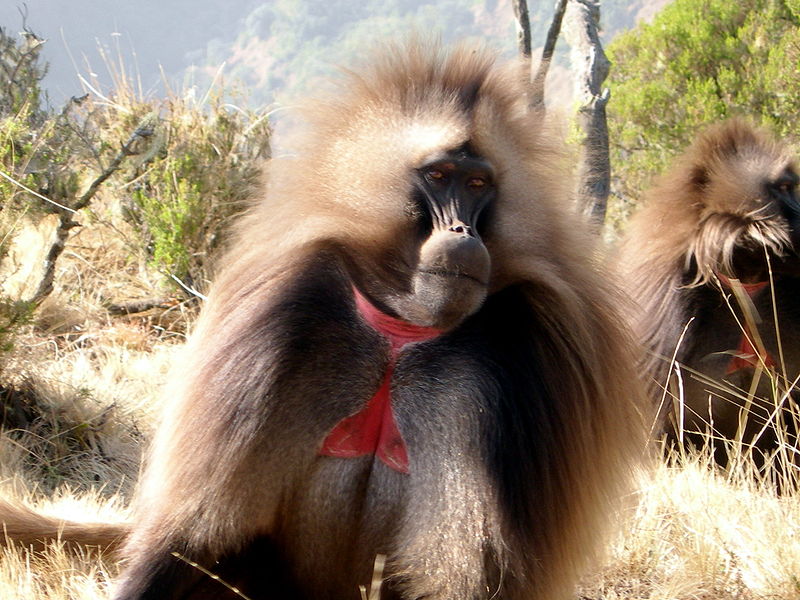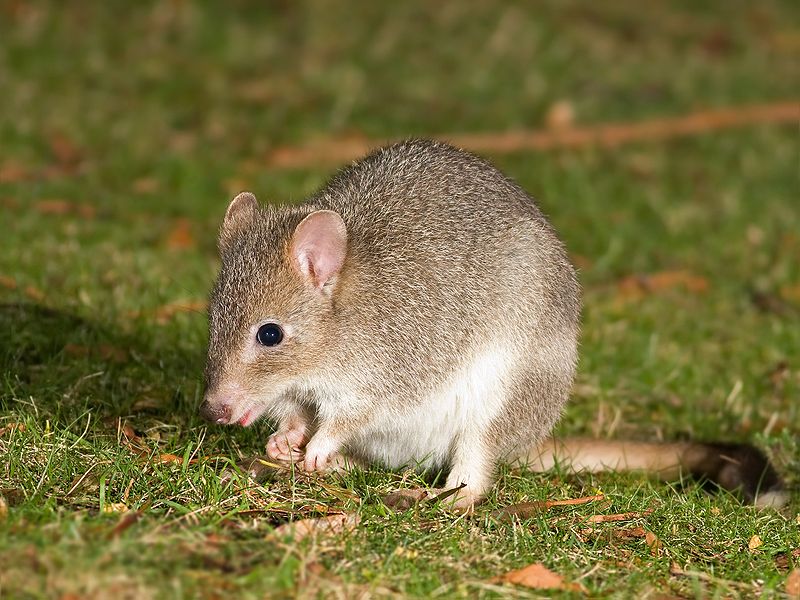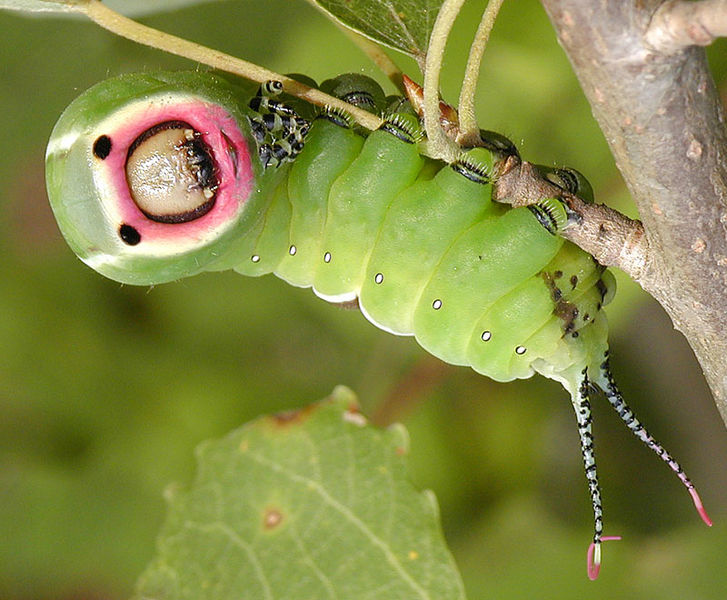Welcome to Feline Friday, where we will be heading to the Japanese Island of Iriomote to learn about the critically endangered but fascinating Iriomote Cat. This particular cat species has a few additional names that are common among islanders. These include Yamamaya, which means “the cat in the mountain”, Yamapikaryaa, which means “that which shines on the mountain” and finally Meepisukaryaa, which means “that which has flashing eyes”. The meaning of each of these common names provide us with a little insight into the behaviour and description of this endangered feline.
The Mountain Flasher
As their common names suggest, the Iriomote Cat can be found roaming the low mountain forests, typically no higher than 200 metres above sea level, where they enjoy hanging around waterways, forest edges and pretty much any place that has lower levels of humidity. The local name for this cat also suggests that they have flashing eyes. Well, we can’t take this literally as their eyes don’t actually flash but their light amber colour definitely shimmers in the night. While you may have an uneasy feeling if you noticed these eyes “flashing” while taking your nightly stroll through the mountains, rest assured that this particular cat most likely will not attack you.
The Flexible Predator
While the Iriomote Cat is a deadly predator, humans are not typically on the menu for this small feline. Instead they prefer to feed on rodents, birds, bats, small reptiles, insects, frogs, and of course a cat’s favourite meal, lasagne. Oh wait! That was only Garfield’s favourite dish…most cats love to eat fish and this species is no exception. In fact, the Iriomote Cat is an excellent swimmer and will head to the water on a regular basis. Since the Iriomote Cat is partially arboreal, they can often be found hanging out high above the ground amongst the sub-tropical canopy. With their climbing and swimming capabilities, no place is safe for their tasty prey.
Iriomote Cat Fast Fact
Luckily for their prey and unluckily for the Iriomote Cat, their population is estimated at an astounding 60 individuals. Activities such as tourism and agricultural development have contributed to the decimation of this feline population. Unlike their eyes,the future of the Iriomote Cat does not look very bright.
Photo Credits: 2009 Ocean 5

